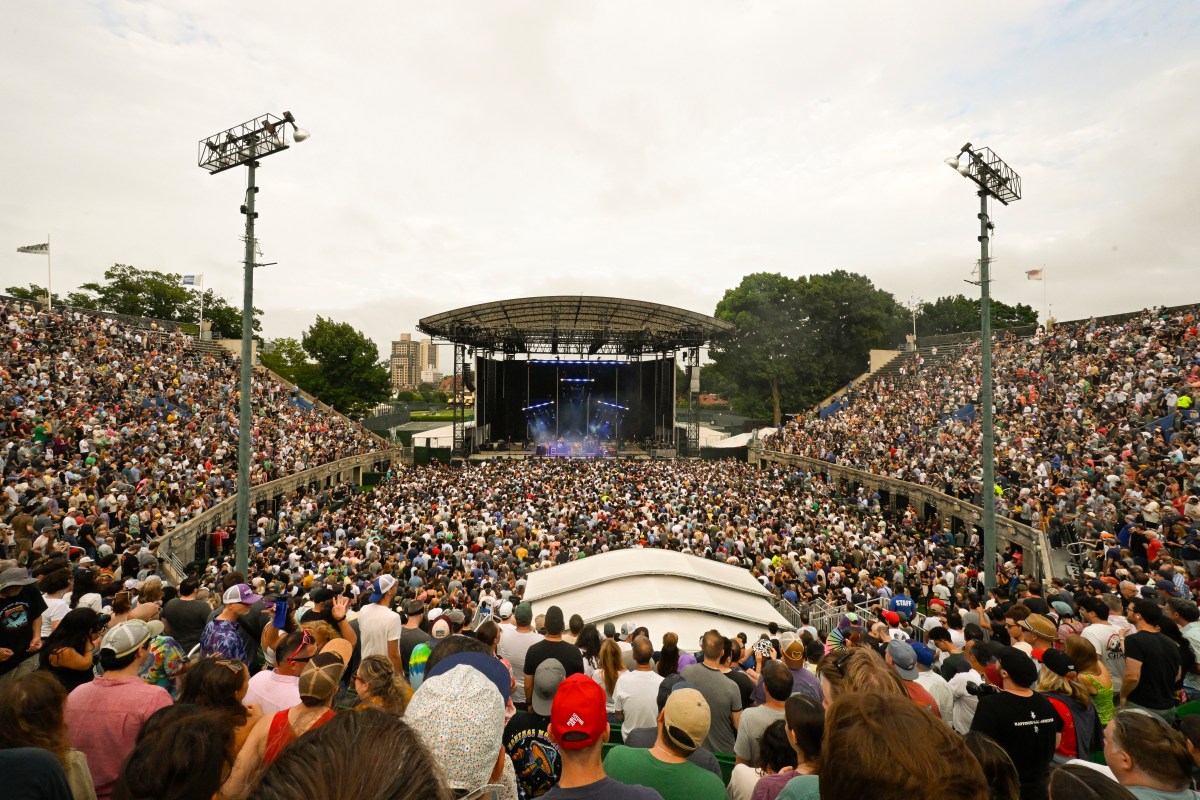
As the city moves to establish minimum hourly pay for e-hail companies like Uber and Lyft, the industry’s drivers on Wednesday said the proposed rates weren’t high enough.
The Taxi & Limousine Commission is moving forward under a new city law to create a first-of-its-kind minimum earning structure for e-hail drivers that it estimates will raise the wage floor by 22.5 percent — from a net pay average of $14.06 per hour to $17.22 per hour — for a majority of the 80,000 drivers affiliated with Uber, Lyft, Juno and Via.
“Today’s proposal represents a start — and an important one. Once passed, there’ll be further debate on how it should be changed and circumstances will change,” said Meera Joshi, the TLC commissioner at a public hearing on the rule changes in lower Manhattan. “But there will no longer be a debate on whether or not drivers deserve protections against unilateral pay cuts that make it hard, if not impossible, to earn a living.”
The new wage structure, conceived in a July report commissioned by the TLC, is unique in that it factors in the percent of time drivers spend cruising around without a passenger, known as a “utilization rate,” as a means to incentivize companies to increase efficiency to avoid higher driver compensation. App-based workers drive around without passengers about 40 percent of the time, according to the report.
“Basically, it’s a requirement that each company keeps drivers busy with paid trips. And if they don’t it will cost them,” Joshi continued. “Pay rates have to be tied to the ability of a company to send drivers enough trips, because if not there would be an endless stream of new drivers and it would dilute the pool for existing drivers.”
The TLC considers $17.22 the independent contractor’s equivalent of a $15 hourly wage and calculated that rate by factoring in drivers’ high overhead expenses. But in an industry where about 10 percent of all taxi and e-hail drivers are on food stamps and 40 percent rely on Medicaid, e-hail drivers said the wage floor is too low.
The TLC-commissioned report concluded that drivers spend about $20,295 per year on expenses like leases, maintenance, fuel and insurance. But Sohail Rana, an e-hail driver and organizer at the Independent Drivers Guild, believes that figure is far too low.
“The 22.5-percent increase, yeah, it’s a nice start, but it’s way below where drivers need to be,” Rana said. “How they calculated the expenses — they are way below the real numbers.”
Syed Ali, 45, an e-hail driver from Flushing, offered a conservative estimate that his annual expenses are above $24,000 per year for his V8 Lincoln Town Car.
“It could be more,” Ali said. “We are not making enough money to live in New York City. Either we are putting our expenses on credit cards or are borrowing money from someone to cope with all the expenses.”
While both Uber and Lyft said they supported the TLC’s creation of a wage floor, each had its own criticisms. Uber claimed that the wage floor formula would take away the company’s ability to offer bonuses for trips in outer boroughs. It also had concerns with the TLC’s plan to create a “shared ride bonus” for drivers completing trips like Uber Pool, arguing that the bonus would raise costs for pooled trips and deter riders from using the service.
“We support efforts to raise driver earnings while ensuring that any new rules do not negatively impact service levels for riders, especially those outside of Manhattan,” said Uber spokesman Alix Anfang in a statement.
Lyft was against the idea of basing the wage floor on differing utilization rates for each company, which will be determined by the TLC and reevaluated every six months. Joseph Okpaku, the vice president of public policy at Lyft, said he believed the policy would give the largest company here, Uber, a strong advantage to create a monopoly.
“Essentially, it would set a different minimum wage standard for each of the four companies,” Okpaku said. “This would allow the company with the deepest pockets to take advantage of an inequitable situation to the detriment of the smaller players.”
James Parrott, a co-author of the TLC- commissioned report and fiscal policy director the Center for New York City Affairs at The New School, argued that an industrywide utilization rate sought by Lyft would undermine the goal of improving each company’s efficiency and believes the TLC could fairly distinguish rates for each major app-based service.
In response to Uber, Parrott said a shared ride bonus was needed because each company, save for Via, “significantly under-compensates” for such trips.
“If they changed the way they compensated drivers for shared rides then you wouldn’t need the bonus,” he said.





































